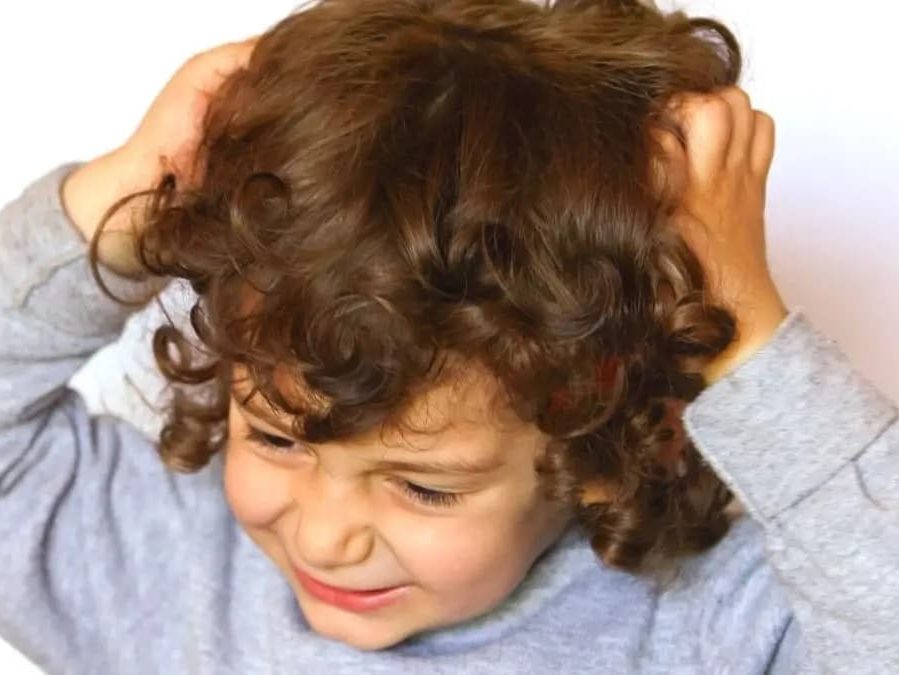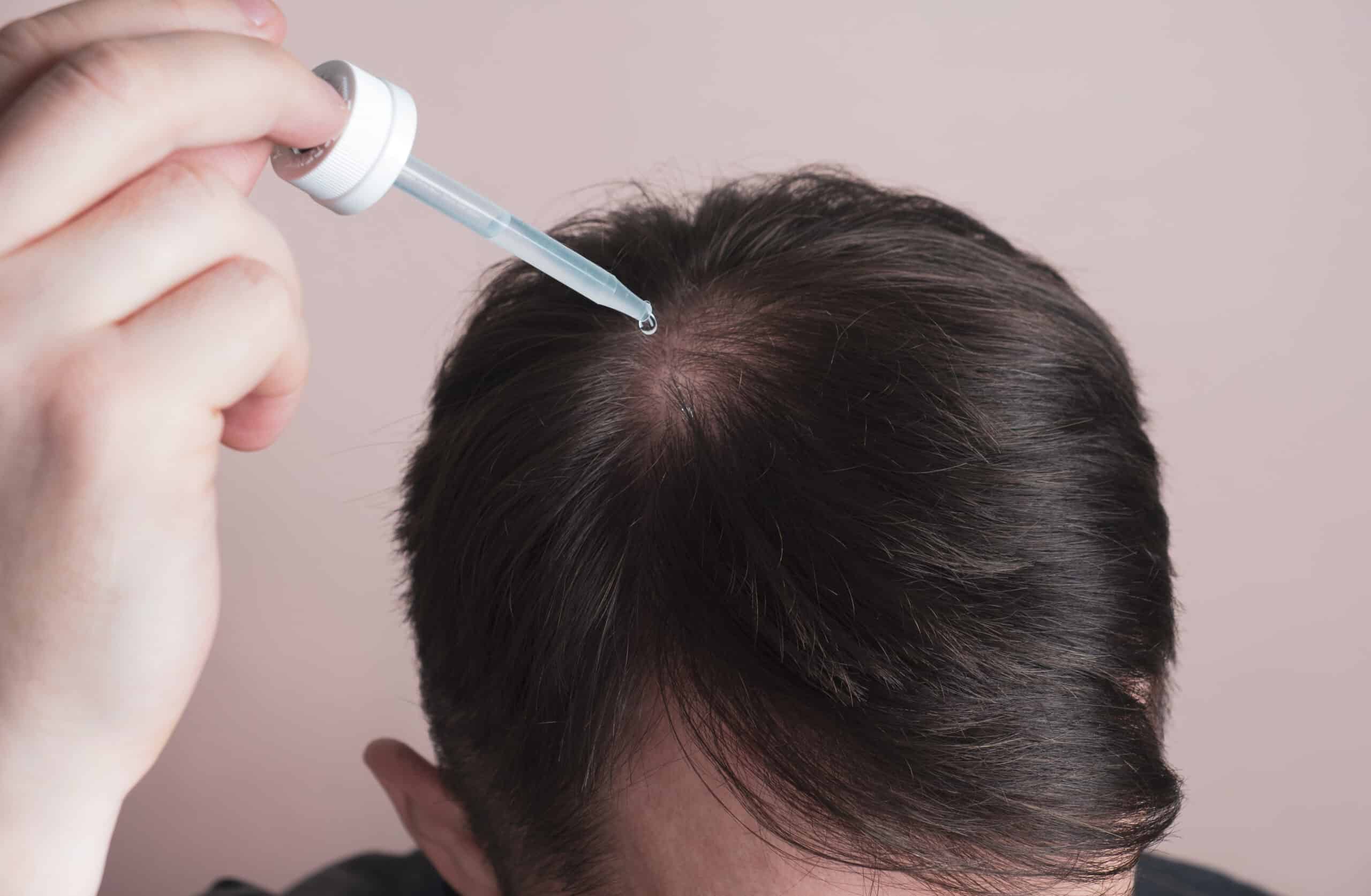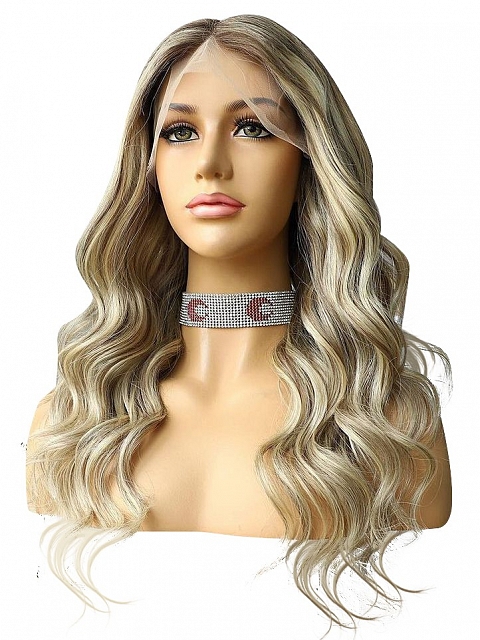Background Intro
The pattern of hair loss in children is different from that in adults. For example, the most common cause of hair loss in adults is androgenetic alopecia, alopecia areata or patchy hair loss. While common causes of hair loss in children include fungal or bacterial infections, chronic telogen effluvium and traction hair loss.
Related: Welcome To The Hair Loss Community—A Warm And Inviting Family
The causes of hair loss in children will not be life-threatening. However, hair loss can still have an impact on children's emotions. Due to the profound psychological impact that hair loss may have on children, it is important to seek medical treatment from a child's doctor.

Common and uncommon causes
Related: Hair Loss:Detailed Symptoms, Types, Causes And Treatments
Hair Damage: What Causes It And How To Deal With It

Alopecia areata
Alopecia areata is a common autoimmune disease that can cause hair loss in certain parts of the head. It is diagnosed through a physical examination and medical history. When the immune system attacks hair follicles, alopecia areata will appear on the child's scalp.
Alopecia areata often starts suddenly with one or more round, smooth bald patches on the scalp. Some children may also lose their eyebrows and eyelashes. The residual baldness is usually a smooth skin tone. It is possible for all the hair on the head to fall out, but this isn't common.
Many children with alopecia areata will experience a period of hair loss, and then regrow hair. Doctors have discovered several subtypes of alopecia areata, and the pattern of hair loss may vary.
Alopecia areata cannot be cured, but some treatment methods can help control symptoms. There is currently no specific medication for treating alopecia areata, but doctors can prescribe some over-the-counter drugs that may help prevent the body from attacking hair follicles.
Traction alopecia
Traction alopecia is a type of hair loss disorders that occurs when the scalp is in a state of tension for a long time, such as frequently wearing tight braids or pony tail, which results in loss of hair at the hair line.
The scalp may experience itching, redness, and extensive hair loss or baldness. It is usually concentrated in the area with the highest pressure. For example, hairstyles that put pressure on the sideburns can lead to more hair loss.
If you stop hair pulling, traction alopecia can be reversed gradually. But if not intervened as soon as possible, you may finally suffer permanent hair loss.
Change hairstyle every few weeks. When tying hair into a ponytail, do not use rubber bands or elastic bands to secure it, which will pull your hair apart.
Telogen effluvium
Telogen is the part of the normal hair growth cycle. Telogen effluvium is scalp disorders that causes excessive hair loss, also known as diffuse hair loss. It can be triggered by a sudden events or severe stress such as the death of a loved one, severe injury or severe illness.
Healthy hair grows according to a predictable schedule. The hair can grow for 2 to 6 years, which called anagen phase. Then the hair will enter a "rest period" called the telogen phase, which will last for 2-4 months, followed by hair loss and replacement with new hair.
When hair is healthy, 80-90% of hair will keep actively growing at any time. If for some reason more hair enters and stays in the telogen phase than usual, telogen effluvium will occur. Between six and 16 weeks later, hair sheds excessively, leading to partial or complete baldness.
Children with telogen effluvium have significantly more hair follicles entering the hair rest period than normal children. Therefore, the number of hair loss per day for children is not the normal 100, but 300. Hair loss may not be obvious, or alopecia areata may appear on the scalp.
Scarring Alopecia
Scarring alopecia is a type of hair loss caused by the destruction of hair follicles, which is usually caused by infection, chemicals, burns, or autoimmune diseases.
Generally speaking, scarring alopecia is caused by inflammation, which can damage hair follicles. Damage may also originate from trauma such as burns or severe infections.
The development process of scarring alopecia varies among different people. Hair loss may develop slowly over several years, with no obvious symptoms, while symptoms in some people may develop rapidly within a few months, causing burning and itching.
Bald spots of scarring alopecia will no longer expand, and inflammation, itching, burning, or pain will also disappear. Bald spots usually no longer have hair follicle. But sometimes, hair follicles, at least those on the periphery of the bald spots, are not completely destroyed and can regrow.
Tinea capitis
Tinea capitis, commonly known as ringworm of the scalp, is a fungal infection often seen in children. Tinea capitis is a skin disease that almost exclusively affects children, which is persistent and contagious.
Scalp infection and the damage they cause to the entire scalp can make hair falls out gradually. Some children may also pull their hair to relieve itching. Therefore, the hair shaft on the affected area can become fragile.
Inflammatory tinea capitis can cause painful lumps on a child's scalp. Scalp psoriasis may result in scabbing blisters and exudation of pus. Inflammatory tinea capitis may leave scars, and children may fail to regrow hair.
Child may develop it due to contact with infected patients, animals, and soil. They can also become infected by using items carrying fungi and touching surfaces carrying fungi. If your child's pediatrician suspects tinea capitis, a microscopic examination can confirm the diagnosis.
Newborn hair loss
Newborns may lose hair in the first six months after birth, which reaches its peak at three months old. This kind of hair loss, also known as alopecia, which can be caused by various factors, including hormones, sleep posture, and friction between hair and object surfaces.
During pregnancy, hormones of the gravida can prolong the growth period of her hair, making it thicker and fuller, but at the same time, it can also affect the growth of the baby's hair.
After delivery, the mom and the baby are no longer sharing the same hormones, which means that parents will find small strands of hair dropped by newborns.
Between 3 and 6 months of age, many babies have a bald spot resulting from friction with the crib mattress or car seat. Some babies may simultaneously experience hair loss and regrowth, so you may not notice any difference. Instead, some babies' hair will quickly fall off, thus becoming bald.
Friction hair loss
Friction hair loss is caused by friction between hair, follicles, or the skin around follicles. Even years after the end of the friction source, hair may not grow again.
Friction is a type of resistance that occurs when two objects attempt to move towards each other. When this occurs in hair, it will affect the hair shaft and the hair growth.
This type of hair loss may reverse and hair can regrow. But keep in mind that never put pressure on the hair follicles again.
While striving for hair regrowth, it is also important to take gentle care of the hair. Exposing hair to a large amount of heat and chemicals while wearing a tight hairstyle can further weaken the hair.
Treatment
Related: A Guide To Hair Loss In Women: Causes And Treatment Of Thinning Hair
What Treatments Work For Wommen With Thinning Hair?

Medication
There are medications available to treat pattern (family history) baldness. The most common choice is topical minoxidil. Products containing minoxidil can help many people regain hair or slow down hair loss.
It may take a few more months to determine if the treatment is effective for you. If effective, you need to continue taking medication indefinitely to maintain efficacy.
Since there are possible side effects including scalp irritation and excess hair growing on the adjacent skin of the face and hands, be more cautious when using this medication on children.
Hair regrowth procedures
Hair transplantation is a hair regeneration surgery in which a surgeon takes out hair from a part of your body and transplant it onto your bald scalp. This is a painful surgery, meaning that the patient needs to receive anesthesia that may cause damage to child’s development.
Light therapy uses medical-grade lighting to illuminate the scalp for a short period of time, helping with hair regeneration. Light therapy can stimulate hair follicles in the skin and help with hair regrowth. You may need to receive several sessions of light therapy to see the effect.
Scalp reduction refers to the removal of non-hair growing skin from the scalp in order to stretch the remaining hair growing skin and fill the bald area of the head. It can reduce up to half of the bald area, but it is not beneficial to the hairline of the forehead.
Nutritional supplements
Healthy hair depends on your overall health condition. In cases of malnutrition or certain dietary disorders, new hair may not be generated from follicles.
Nutritional deficiency may be one of the causes of hair loss. Doctors may ask you to do a blood test. If you do lack some nutrients, you need to take supplements, which may stop hair loss.
If you are undernourished in several key areas, doctors may recommend taking multiple vitamins every day. Healthy hair requires iron, folate, and zinc to maintain density and strength.
Antifungal shampoo
Clinical and epidemiological study has shown that ketoconazole may have potential anti-inflammatory effects on Malassezia, a fungus that may give rise to hair loss.
Ketoconazole is most commonly used as an antifungal agent to treat diseases such as infections or seborrheic dermatitis, but there is also anecdotal evidence that it may also help promote hair regrowth or reduce hair loss.
Ketoconazole shampoo is an antifungal medication. It can treat yeast or skin fungal infection. You can use this medicinal shampoo like regular shampoo and massage it onto the skin. But it cannot treat infections caused by bacteria or viruses.
Wear a wig
Related: Wig Shopping 101: Your Ultimate Guide To Finding The Perfect Fit!
How To Choose Your First Human Hair Wig?
If suffering hair loss, you may need a wig to make your hair full and thick again. One major benefit of wearing a wig is that after wearing it, you can immediately have a plump head of hair that can be styled depending on your preferences.
In addition, wigs can also be of great help to cover your broken hairs and scalp scrapings, letting you feel secure and confident.
If you want to take better care of your bio hair, wearing a wig is a great way to protect it from potential injuries, such as high temperatures or products containing harmful chemicals and give your broken hairs a chance to recover.
Persist in hair care
If you have mild hair care products, start using them right now. And remember to only comb your hair when needed. You can also reduce the pressure on your hair by limiting the use of heated styling tools and overly tight hairstyles.
Stop dyeing or perming at home. If you want to do hair styling, please find a hair salon that specializes in providing the services you want, where professionals know how to check your hair conditions and find the most suitable product for you.
Set the temperature of the hair dryer to the lowest. If possible, let your hair air dry naturally instead of using a hair dryer. Wrapping wet hair with a towel can help it dry faster and more thoroughly.
Final Thoughts
Whether your child has thinning hair or distinct bald spots, with professional hair examination and proper diagnosis, most common and uncommon cases of hair loss can be treated successfully. If you want to learn more about hair loss in children, please visit https://www.wigshe.com/, which will give you a lot of practical knowledge of hair loss in children. We warmly welcome you!
Images credit: Instagram, Google, Pinterest.












